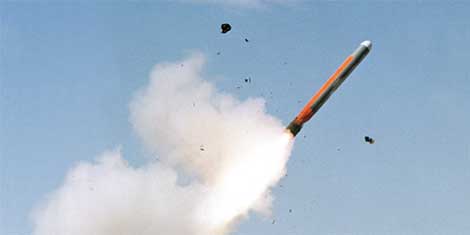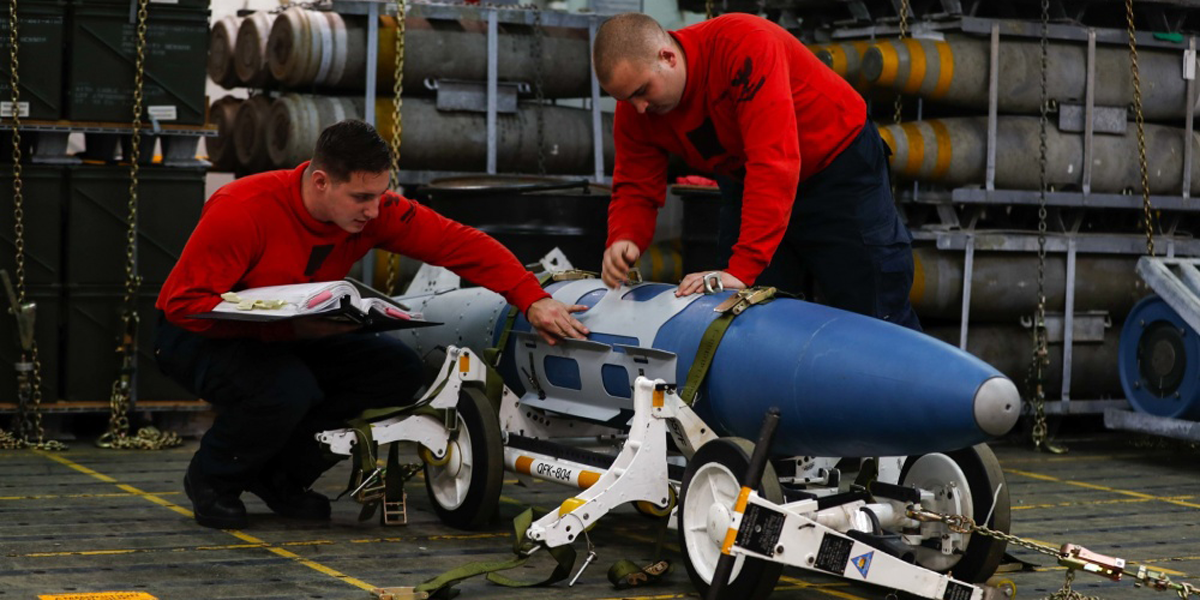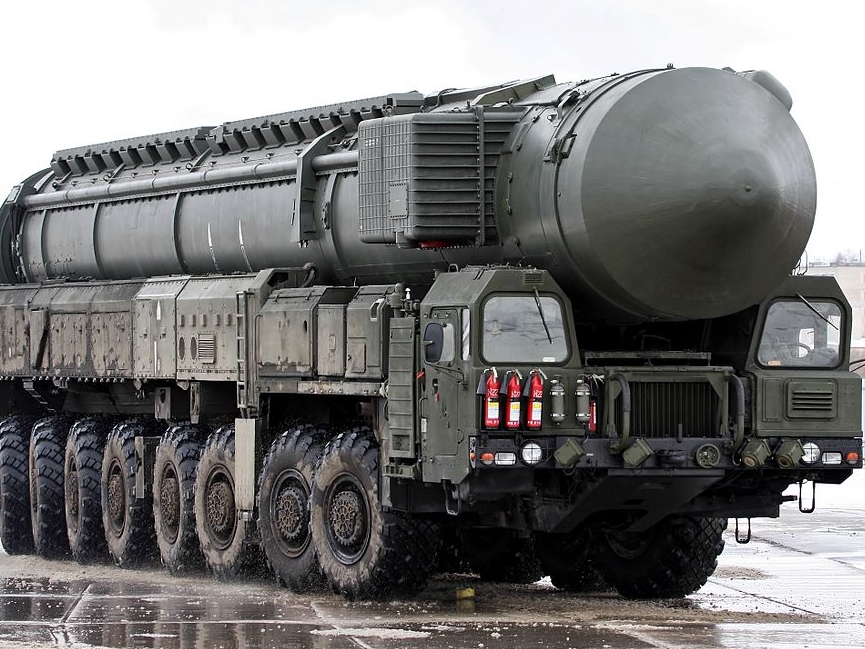
This graphic depicts the stockpiles of nuclear weapons, arms control treaties and military expenditure in the United States of America and Russia between 1945 and 2020.
For a deeper look into arms control in Russia, the Russian government’s policy options in nuclear arms control & the differing conceptions of strategic stability in the 21st century of the USA, Russia, China, and Europe, read this issue of the Russian Analytical Digest here.



